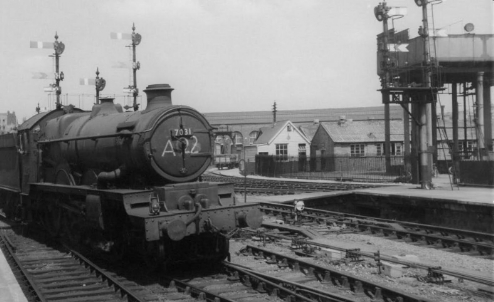THE DAVE HILL PHOTOGRAPH COLLECTIONl
Photographs > Dave Hill
The Circle is pleased be granted permission to use some of the extensive photograph collection of Dave Hill on these pages. Dave was particularly active in the early 1960s during the decline of steam locomotive use at Worcester.
The first page of photographs shows typical ex-GWR designed locomotives in the county.
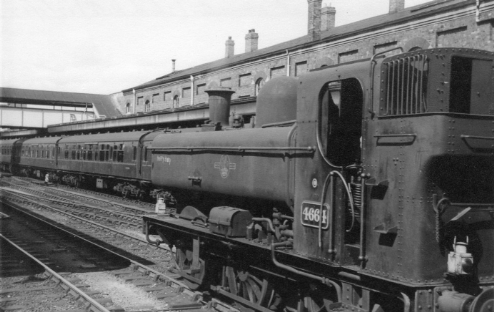
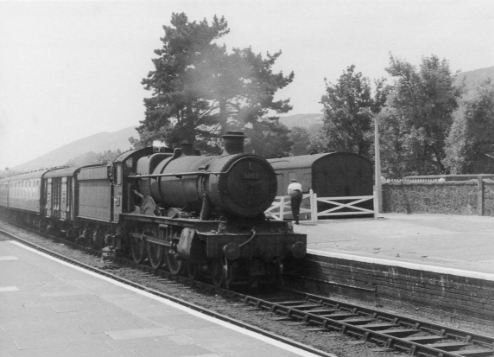
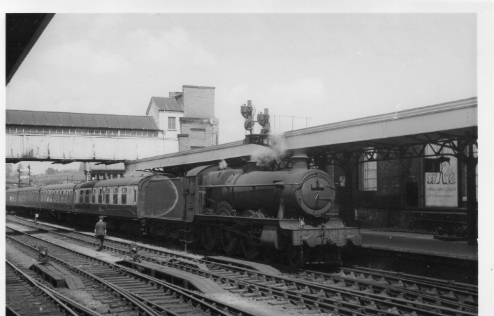
The third 'Hall' class photograph on this page shows one of the 'Modified Hall' class locomotives No.6986 'Rydal Hall' on 17th August 1962 outside the Goods or Washout Shed at Worcester, shortly after its transfer from Swindon to Stourbridge. The 'Modified Hall's were introduced in 1944 and had large superheaters and a different design of frame than the original 'Hall' design.
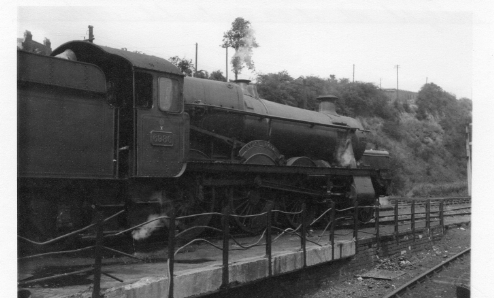
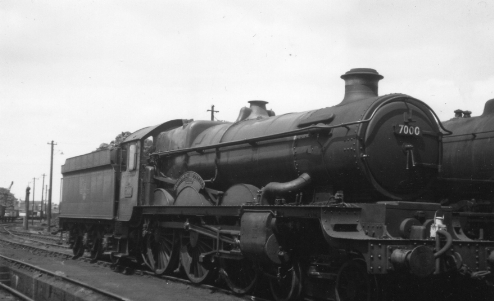
The rapid decline of steam-hauled express passenger services on the Western Region during the early 1960s left just the Paddington to Hereford via Worcester services to see out their end. Most of the early 'Castles' including those rebuilt from 'Star' class were withdrawn and only the more-recently built 'Castles' remained in any numbers. Many of those numbered from 7000 to 7037 made their swansong on the Worcester expresses. This includes No.7000 'Viscount Portal', which although a Gloucester (Horton Road) engine in this view on 17th August 1962, spent its last months as a Worcester engine. Viscount Portal was a senior officer in the Royal Air Force during World War II.
No.7005 'Sir Edward Elgar' was a Worcester locomotive throughout its life and is seen arriving, probably on 4th June 1963, at Worcester Shrub Station. Notice the thriving amount of traffic in the siding behind the station.
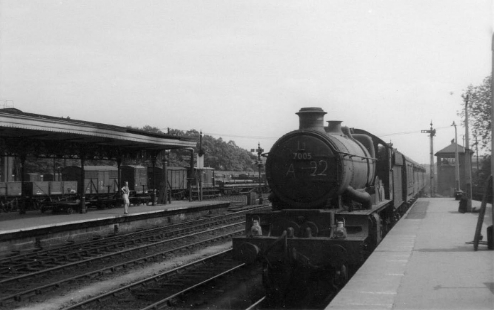
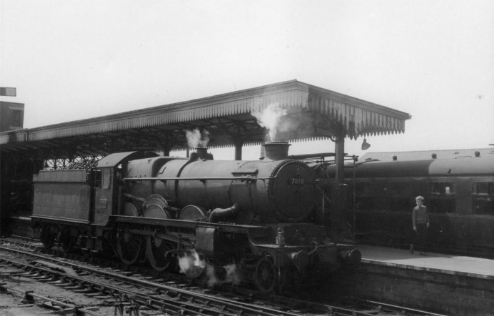
No.7010 'Avondale Castle' was an Old Oak Common engine when seen at Worcester Shrub Hill on 4th June 1963. It was a common visitor to the city but was never allocated to Worcester. Quite where Avondale Castle is or was is not known, certainly not within the area covered by the Great Western Railway. It has been suggested that the real Avondale Castle might be in Scotland.
No.7013 'Bristol Castle' was a strange survivor as it was in reality No.4082 'Windsor Castle' but these locomotives had swapped identities. As steam was rapidy run down this one escaped the cull of the Western Region's 'Castles'. When seen on Worcester shed on 17th August 1962 it was proudly carrying its '85A' shedplate. The locomotive was not withdrawn until early in 1965.
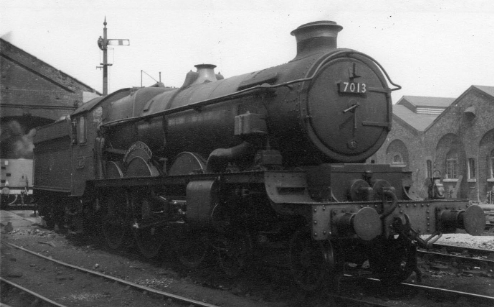
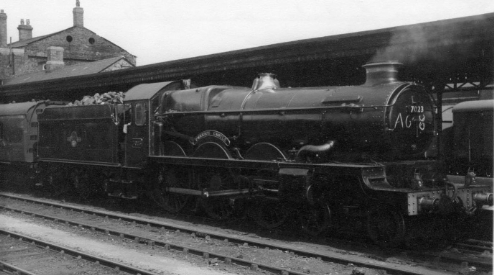
This owners of site never loses an opportunity to show their favourite 'Castle' No.7023 'Penrice Castle'. In immaculate condition on 17th June 1963, she is waiting right time before setting off from Worcester Shrub Hill for Paddington.
The sixth 'Castle' on this page is No.7031 'Cromwells Castle' of Worcester Shed on 4th June 1963. Because the locomotive is only just in view this photograph shows a lot of details of the adjacent locomotive repair facility. Although most of the buildings have been demolished since closure the two buildings behind the water tower (with the odd looking chimneys) remained in use in 2016.
